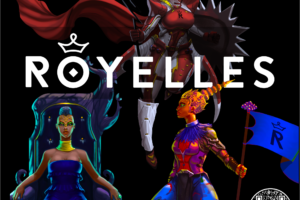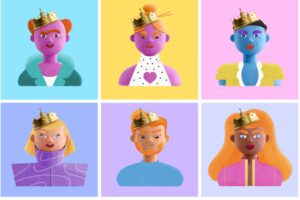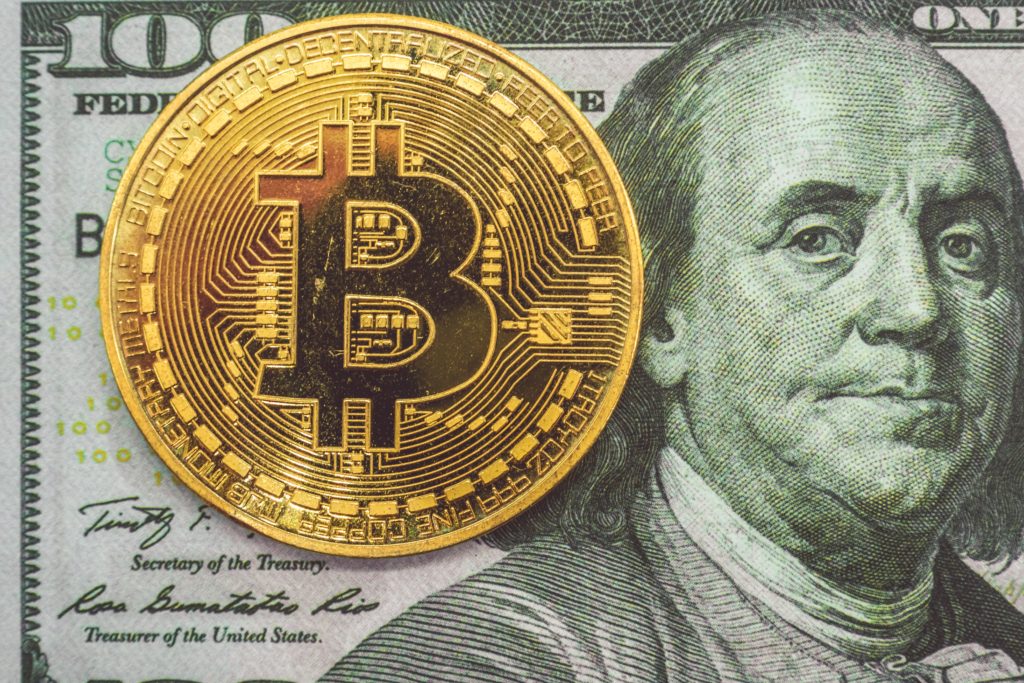
A few months ago, Venezuela became the first nation to adopt a crypto as their primary currency.
Announced in December 2017 and launched in February, the Petro became official legal tender on April 9th. Unlike many tokens, the Petro is reportedly backed by natural resources. And it’s not gold. Each token sells for the price of a barrel of oil (about $74). President Nicolás Maduro claims to have raised $735 million in the initial sales of pre-mined coins, but has offered no supporting evidence.
The maneuver could pave the way for other countries to officially adopt cryptocurrencies. But the unstable situation in Venezuela makes the Petro’s future far from certain, even by crypto standards.
Petro’s Problems
The Petro, which ICO bench rates at a dismal 1.4 out of 5 stars, is “an instrument for the Bolivarian Republic of Venezuela’s economic stability and financial independence.”
Though allegedly backed by the country’s estimated 5 billion barrels of oil, the Petro’s legitimacy on global markets is shakey. President Trump reinforced US sanctions with Venezuela by signing an executive order to ban all US citizens from dealing in Petros. US officials were quick to call the cryptocurrency a scam, and some major media publications have stepped up to circulate that party line.
Vote for Petro
The Petro also faces resistance within Venezuela, notably from the opposition-lead National Assembly, part of the government’s legislative branch. The Assembly declared the ICO illegal and unconstitutional, saying Maduro did not receive their approval to launch it, a step made necessary by Venezuela’s own laws. They went even further, warning potential investors of threat. National Assembly deputy Marialbert Barrios publicly decried Petro promoters as “smoke peddlers,” while fellow deputy Jorge Millán stated “this is not a cryptocurrency, this is a forward sale of Venezuelan oil. It is tailor-made for corruption.”
So who voted this in? President Maduro, who some say fraudulently re-elected himself in May for another 6 year term, pushed the program through himself. He hasn’t pretended the Petro isn’t a way to circumvent international sanctions, calling it a crypto that can take on “Superman” (e.g. the US). But critics aren’t buying it. Some assert that in addition to not really being a cryptocurrency, Petro isn’t even backed by oil.
Can Petro Feed Venezuela?
The ICO is ostensibly a last ditch effort by the Maduro regime to salvage Venezuela’s destitute economy, which has been teetering toward total collapse over the past few years. Inflation went up 4,068 percent in 2017. Some hungry Venezuelans are crafting handbags out of the worthless banknotes they can no longer use to buy food and medicine, trying to literally weave some value out of their paper money.
The people of Venezuela continue to protest, flee the country, or struggle to survive ordinary life. Jonathan Wheeler, a former Goldman Sachs employee and Bitcoin enthusiast, has taken it upon himself to “teach Venezuelans ‘how to fish’” by sending them a Bitcoin infusion.
Clearly, a solution needs to arrive yesterday. Petro may or may not be it.
The World’s Eyes on National Cryptocurrencies
If the Petro doesn’t work, does that mean national cryptos generally won’t work? Not exactly.
Japan already accepts Bitcoin as legal currency, and many stores accept it as payment. Russia, China and Israel are all exploring the potential of a national crypto.
Tunisia was early to the table. Though not a cryptocurrency, it launched a digital form of its national currency in 2015. Sweden is developing the e-Krona for release next year.
The Petro will be a coin to watch not because it’s a good investment, but because of the larger implications it could have on the international stage. When other nations are putting the blockchain to work, we’ll get a clearer picture of the intersection between global governance and decentralized currency. But for now, we have Venezuela as the world’s first example.

















I enjoy the report
What’s Happening i’m new to this, I stumbled upon this I have found It absolutely useful and it has helped me out loads.
I hope to contribute & aid different users like its helped me.
Good job.
Piece of writing writing is also a fun, if you be
familiar with then you can write if not it is complex to write.
Hey there! I’ve been following your site for
some time now and finally got the bravery to go
ahead and give you a shout out from Atascocita Texas!
Just wanted to mention keep up the good job!
There’s a lot of great coins in cryptocurrency. This one is potentially going somewhere.
tylenol prices https://tylenol1st.com/